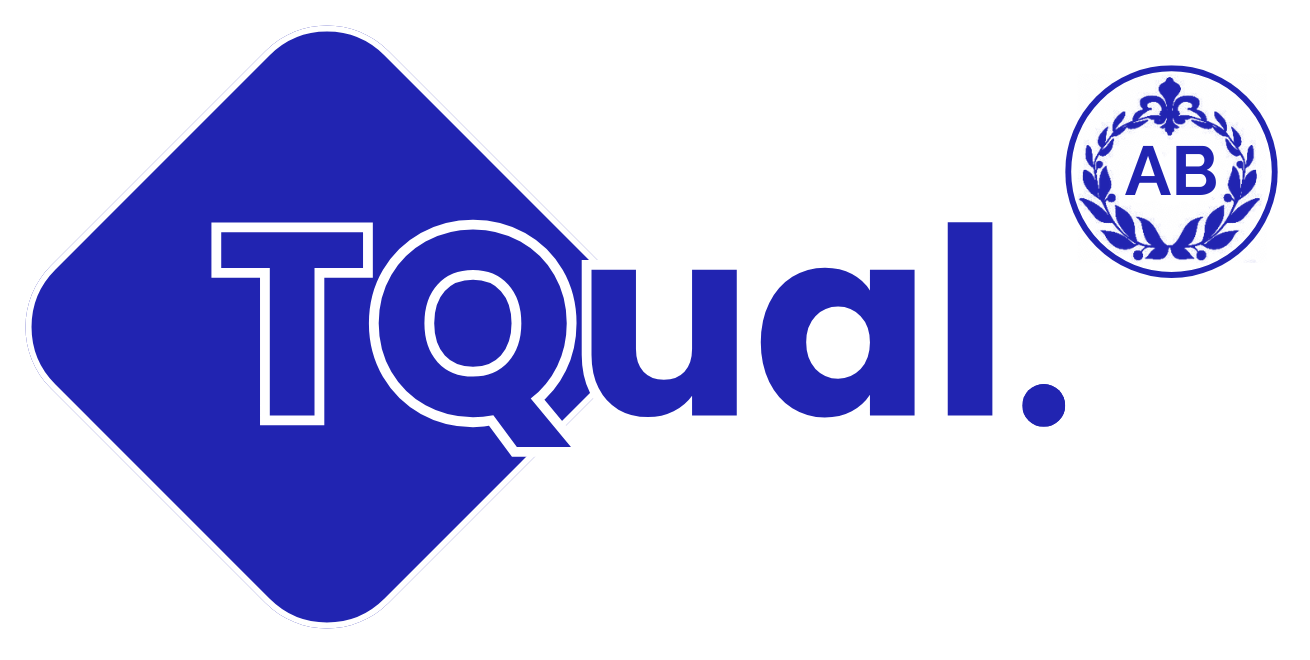Yes, Level 3 Diploma in Emergency Medical Technician consist of 9 mandatory assessments. These assessments are designed to evaluate participants’ comprehension of course material and their capacity to apply concepts in practical situations. It is mandatory to pass all assessments to achieve this qualification.

